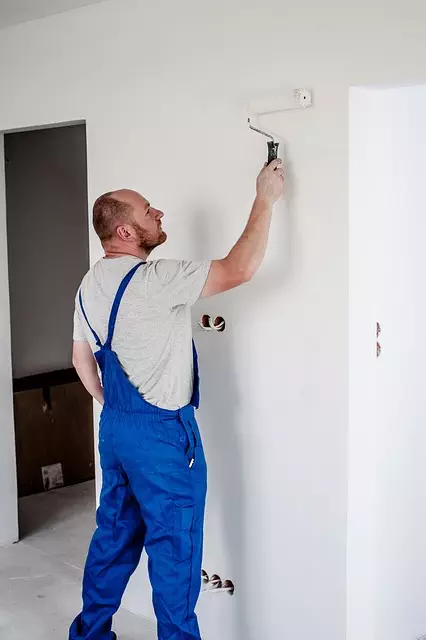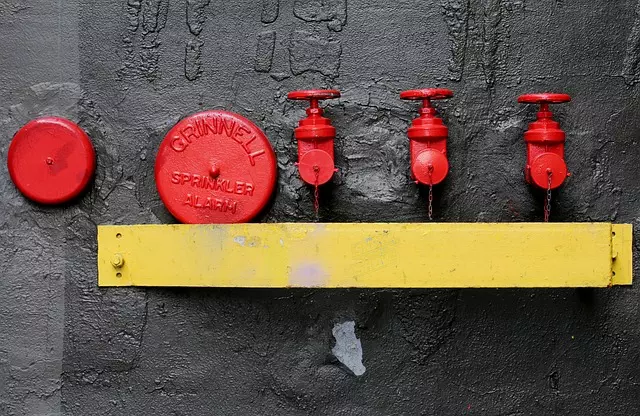Sewer line leaks in Toledo, caused by aged materials and tree roots, require advanced plumbing tools for effective repair. Using methods like moisture meters and cameras, plumbers detect leaks swiftly. Specialized tools such as pipe wrenches, rooter machines, and flexible cameras ensure efficient repairs, minimizing water waste. "Fixing a leak involves careful steps: locate, shut off main valve, gather Leak Repair Plumbing Tools, clean, connect new pipes, test, and consult a professional if issues persist." Target keywords: Leak Repair Plumbing Toledo, Leak Repair Plumbing Tools, Leak Detection Methods.
In the event of a sewer line leak, prompt action is crucial to prevent damage and costly repairs. Understanding the common causes and employing effective detection methods is essential for Leak Repair Plumbing in Toledo. This comprehensive guide equips homeowners with knowledge on identifying leaks and offers insights into the best tools for successful repair. Learn about proven step-by-step approaches tailored specifically for Toledo, ensuring you’re prepared to tackle sewer line leaks head-on. Enhance your plumbing skills with these strategies and say goodbye to unexpected water damage.
- Understanding Sewer Line Leaks: Common Causes and Detection Methods
- Essential Tools for Effective Leak Repair Plumbing
- Step-by-Step Guide to Fixing a Sewer Line Leak in Toledo
Understanding Sewer Line Leaks: Common Causes and Detection Methods

Sewer line leaks can be a significant plumbing issue for homeowners and businesses alike. Understanding the common causes and employing effective detection methods are crucial steps in addressing this problem efficiently. One of the primary reasons for sewer line leaks is age and material deterioration, as pipes made from older, less durable materials like lead or galvanized steel become more susceptible to corrosion and cracking over time. Tree root intrusion is another frequent cause; roots can infiltrate weak spots in the pipeline, causing damage that leads to leaks.
Leak detection methods have evolved with advancements in plumbing tools. Traditional techniques include visual inspection and listening for unusual noises, such as dripping water or gurgling sounds. Modern methods employ sophisticated equipment like moisture meters, which measure electrical impedance to detect water seepage, and camera inspections, allowing plumbers to visualize the interior of pipes and pinpoint leak locations accurately. For those needing leak repair plumbing services in Toledo, these detection methods form the foundation for effective and efficient sewer line leak repair solutions.
Essential Tools for Effective Leak Repair Plumbing

When it comes to effective leak repair plumbing in Toledo, having the right tools is crucial for success. The first essential tool is a high-quality leak detection method. Modern technology offers various options, from sophisticated electronic detectors to traditional visual inspection using dyes or air bubbles. Accurately identifying the source of a leak saves time and money during the repair process.
Once the leak is located, specialized plumbing tools become indispensable. These include robust pipe wrenches for tight connections, advanced rooter machines to clear obstructions, and flexible cameras for deep inspection. Having these tools readily available ensures that any leak repair plumbing job in Toledo is executed efficiently, minimizing disruptions and water waste.
Step-by-Step Guide to Fixing a Sewer Line Leak in Toledo

Fixing a sewer line leak in Toledo requires careful navigation and the right tools. Here’s a step-by-step guide to help you tackle this common plumbing problem. First, locate the leak using leak detection methods such as visual inspection, water pressure testing, or non-invasive electronic sensors. Once identified, shut off the main water supply valve to prevent further damage.
Next, gather your leak repair plumbing tools, including a backflow prevention device, new pipe sections, elbow fittings, and a plumber’s snake. Examine the damaged sewer line and clean the area thoroughly. Connect the new pipe segments using the fittings and ensure all joints are secure. Finally, test the repaired line for leaks, turn on the main valve, and call a professional if persistent issues arise.


